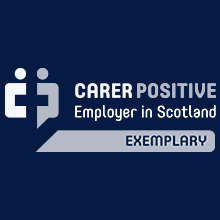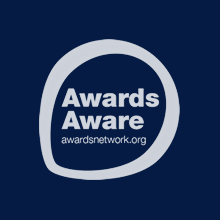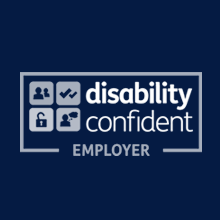Essential Tremor – advice for initial management in primary care
Dept Clinical Neurosciences, NHS Lothian. Jan 2020.
Please note this is only designed as a brief summary of management Based on ‘Essential Tremor: Diagnosis and Management’ BMJ 2019;366:l4485 http://dx.doi.org/10.1136/bmj.l4485 Please consult BNF for contraindications, cautions, side effects, pregnancy etc. More information at www.refhelp.scot.nhs.uk/
Essential Tremor is the commonest movement disorder of adults. It is defined as a bilateral arm tremor although most body parts can be additionally involved. Although previously referred to as “Benign Essential Tremor”, this terminology is not appropriate as for some it is not benign. It becomes more common as we age (around 5% over 65 years) but a younger onset (<24 years) is recognised. It affects men and women equally. Onset and progression are insidious, the arm tremor is characteristically kinetic/action (with or without postural involvement) with a frequency between 8-12 Hz. Whilst the tremor may be asymmetric, it is always bilateral (as opposed to Parkinson’s Disease tremor).
| Key Features |
| Action tremor (e.g. holding cup or pen) |
| Affects both arms |
| Family history and alcohol responsiveness common |
Additional manifestations include head (not seen in Parkinson’s Disease), jaw/chin and vocal tremors. Isolated head tremor is more often dystonic than Essential Tremor. About half of patients report alcohol responsiveness and/or a family history. A variety of other neurological symptoms can occur, labelled as “Essential Tremor plus” syndrome.
Whilst progressive, it is not disabling for the majority, but can cause social embarrassment as well as fears of more sinister conditions. A number of drugs can exacerbate or cause tremor.
Do they need investigation in primary care?
All patients with tremor deserve thyroid function testing.
M.A & J.S. 20-12-22
General Lifestyle Advice
Reassurance, where appropriate, that they do not have a more sinister condition; the most feared is Parkinson’s Disease, which presents with a unilateral, rest tremor as opposed the bilateral kinetic tremor of Essential Tremor.
Avoid stimulants (e.g. caffeine) if noted to exacerbate symptoms. Consider whether Beta agonist inhalers or nebulisers could be a factor and whether there are alternatives. Judicial use of small amounts of alcohol may be appropriate.
Treatment of Essential Tremor
Many will require nothing more than reassurance. Remind the patient that 1 in 20 over 65 years have it and it is rare for it to become disabling. If troublesome, then consider:
First Line therapies
Propranolol MR: start at 80mg/day and this may be increased up to 360mg/day (od) depending on response and tolerability Primidone: start at 25-50mg at night (available as 50 and 250 mg tablets, halving may be difficult for people with tremor). Titrate slowly over at least 4-6 weeks to maximum 750 mg/day as tds dosage although few can tolerate this due to sedation. Many will report that they had to endure several weeks of side effects before ‘getting used’ to being on the drug. Second Line therapies Include topiramate, gabapentin, alprazolam, clonazepam and deep brain stimulation surgery. Our experience with these second line drug therapies is disappointing. In the future MRI guided focused ultrasound may be relevant to those with very disabling tremor. Patient information The National tremor Foundation https://tremor.org.uk/ Jon Stone and Richard Davenport, Consultant Neurologists, NHS Lothian January 2020
| First Line Therapy |
| Propranolol MR: start at 80mg/day and this may be increased up to 360mg/day (od) depending on response and tolerability Primidone: start at 25-50mg at night (available as 50 and 250 mg tablets, halving may be difficult for people with tremor). Titrate slowly over at least 4-6 weeks to maximum 750 mg/day as tds dosage although few can tolerate this due to sedation. Many will report that they had to endure several weeks of side effects before ‘getting used’ to being on the drug. |
| Second Line therapies (consider carefully whether drug therapy required) |
| Include topiramate, gabapentin, alprazolam, clonazepam and deep brain stimulation surgery. Our experience with these second line drug therapies is disappointing. In the future MRI guided focused ultrasound may be relevant to those with very disabling tremor. |
Jon Stone and Richard Davenport, Consultant Neurologists, NHS Lothian January 2020
Patient information The National tremor Foundation https://tremor.org.uk/













